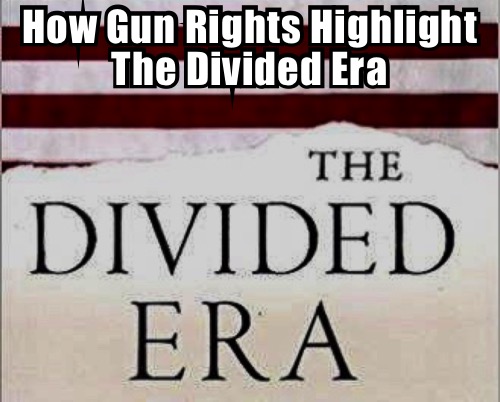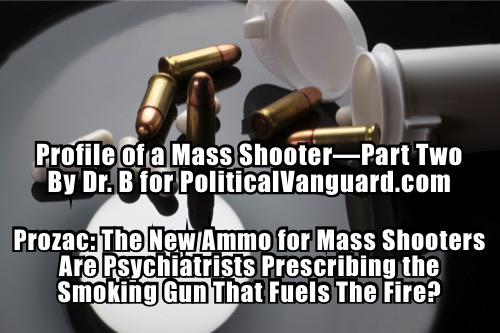How Lessons From a Near-Mass Shooting (You’ve Probably Never Heard of) Can Help Stop School Shootings
At President Trump’s ‘listening session’ last week at the White House, parents, students and educators came together to offer ideas on how to prevent the next disastrous school massacre.
D.C. educators spoke of using metal detectors and other security measures. A Columbine victim’s parents told of how their foundation helped kids connect to help identify future dangerous behavior. A Stoneman Douglas student wanted to see an end to selling what he called, “weapons of war” to citizens. A Sandy Hook victim’s mother told those gathered, “these deaths are preventable.”
From Columbine to Sandy Hook to Parkland, not much has changed at the nation’s schools that can be easily divined by the average citizen.
Many of the nation’s law enforcement agencies switched up the way they responded to mass shootings after Columbine.
But shootings continue to happen and usually are over by the time the police arrive.
At Stoneman Douglas, there were layers of failure. The FBI failed to follow up on tips about the killer. Local police made dozens of trips to his home, but made no impact. Then he followed through on his threat. The deputies, whose jobs it was to stop such attacks, waited outside for the shooting to stop.
We’ve often heard that if we took no action after Sandy Hook then nothing would ever be done about such mass killings.
But, coincidentally, three days before the Sandy Hook shooting, we were already given a hint of what could be done to stop such mass shootings.
It’s entirely understandable if you don’t remember as it wasn’t touted by the national media.
On December 11, 2012, a 19-year-old man, armed with an AR-15 and a death wish, went to an Oregon shopping mall where skater Tonya Harding had practiced for the Olympics years before.
Clackamas Town Center was draped with sparkly Christmas decorations.
And every glass door bore a window sticker explaining that no guns were allowed on the premises.
At least two people disregarded the stickers that day.
Nick Meli, a one-time mall security guard, was Christmas shopping with a friend and her baby that day. As per his habit, the licensed concealed carry holder wore his holstered pistol.
As Santa sat at the ‘North Pole’ waiting for the next child to divulge their fondest Christmas wishes and the Christmas music played on, rifle shots rang out.
There, near the area where at the nation’s press once stood by breathlessly waiting to see what Olympics-bound Tonya would say next, the killer began to pick off his victims.
Three people were hit by gunfire. One survived.
Store clerks went into emergency mode, pulling down their shop’s garage door-like cages to keep out the killer.
Bullets were another matter, of course.
The 22-year-old Meli ordered his friend to take her baby and run for their lives. Then he took off in the direction of the echoing gunfire.
Meli said that when he spotted the killer he appeared to be having problems with his rifle.
The killer must have felt Meli’s eyes on him. The gunman looked up and saw the former security guard’s Glock 22 trained on him.
Meli told reporters he didn’t shoot because he saw movement in the store behind the gunman and worried that he might hit an innocent.
But something registered with the gunman. He ran around a corner.
Meli told me and other reporters “[A]fter he saw me I think the last shot he fired was the one he used on himself.”
Many more could have died that day but lived to celebrate New Years.
In their reports of the incident, the Clackamas County Sheriff’s Department acknowledged Meli’s involvement and help but couldn’t say conclusively that he made a difference that day. “It would only be speculation,” the Department’s spokesman told The Oregonian.
The shooting, horrible and frightening as it was, did not turn into the FBI’s definition of a ‘mass’ shooting, though the killer undoubtedly intended for it to become so.
One wonders why he stopped killing others and suddenly turned the gun on himself.
Experts say mass shooters ultimately want to kill themselves. The Florida shooter consistently talked of committing suicide. It’s possible the cops intercepted him far from the school before he was able to carry out his plan. Mostly, when a good guy with a gun is there, if they don’t take out the bad guy, then the killer will do it himself just like at Columbine and most of the other mass shootings we’ve seen. Instead of letting them take innocent kids with him, it seems prudent to try to stop him before that happens. Just like what happened at the ‘mass shooting’ you never heard of.
It’s sure worth a try.
~~
Victoria Taft is a radio talk host and contributor to “The Daily Ledger” program on One America News Network.






